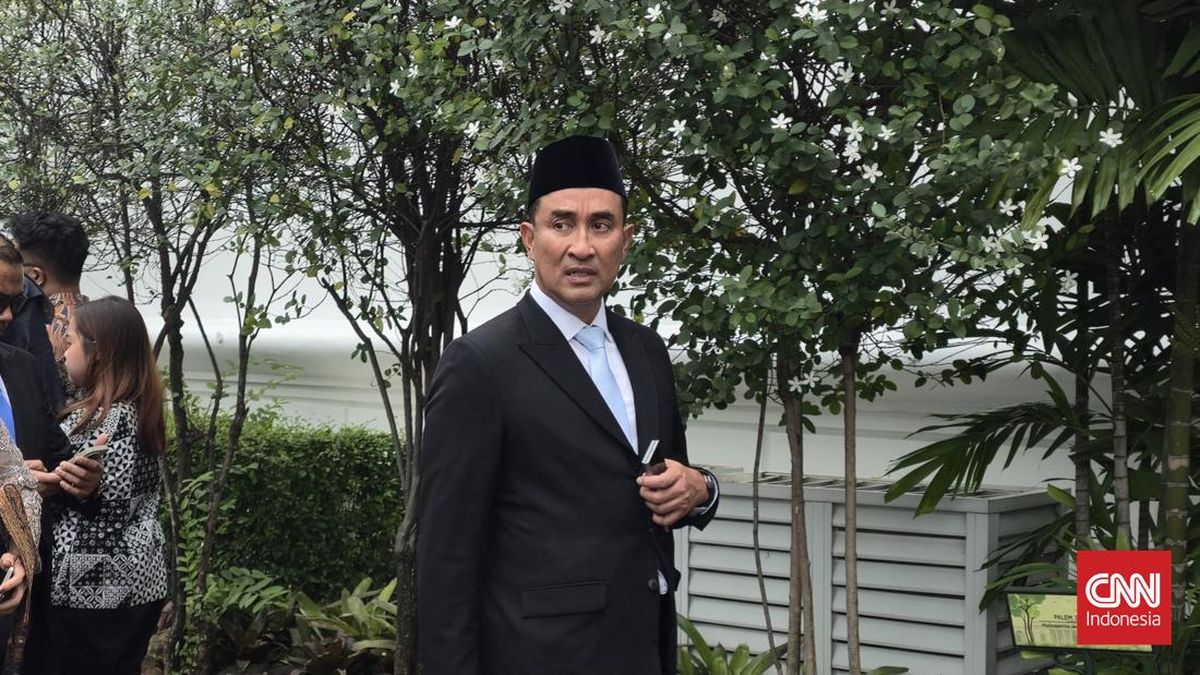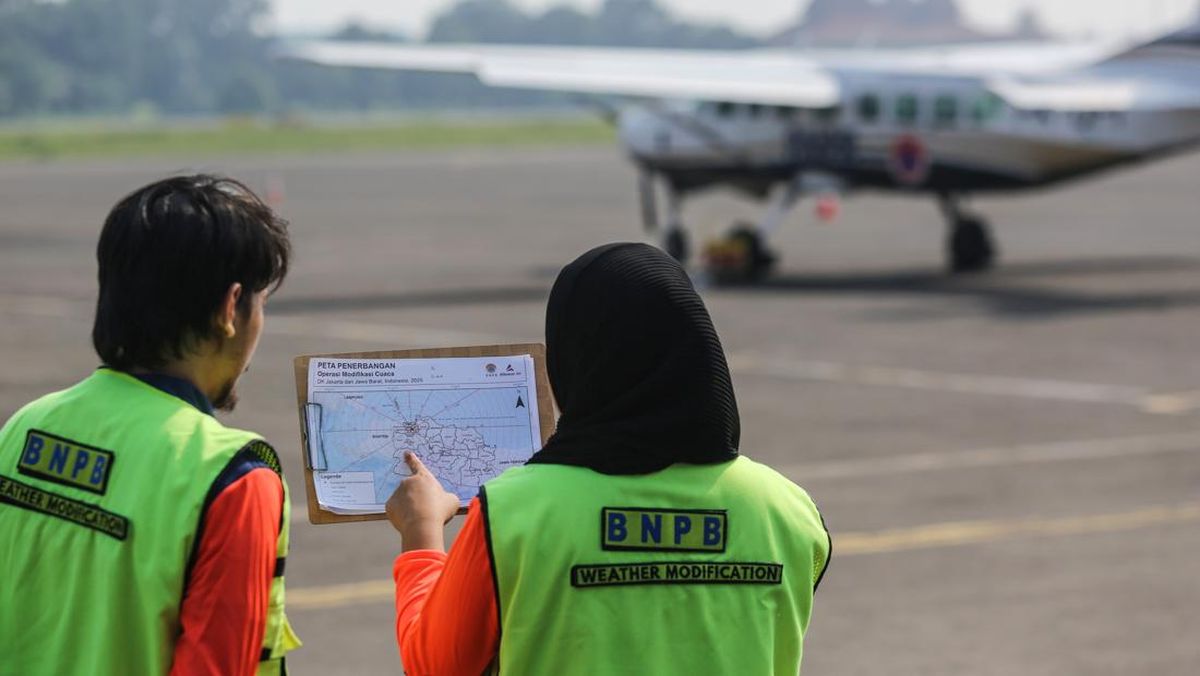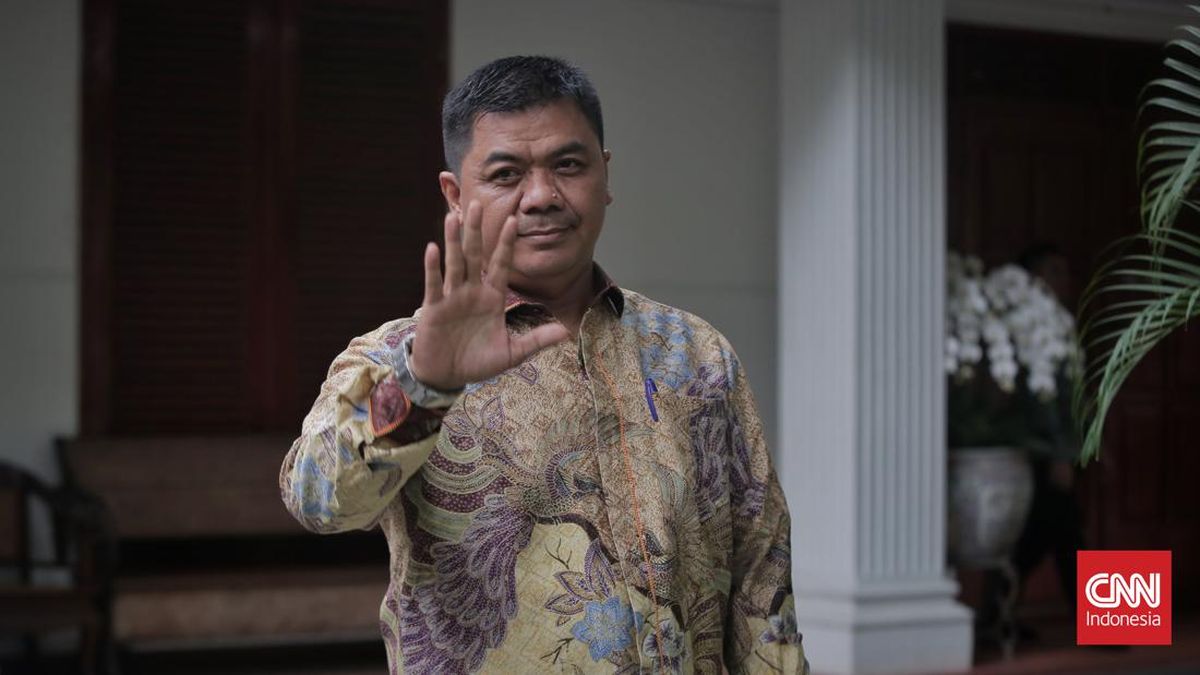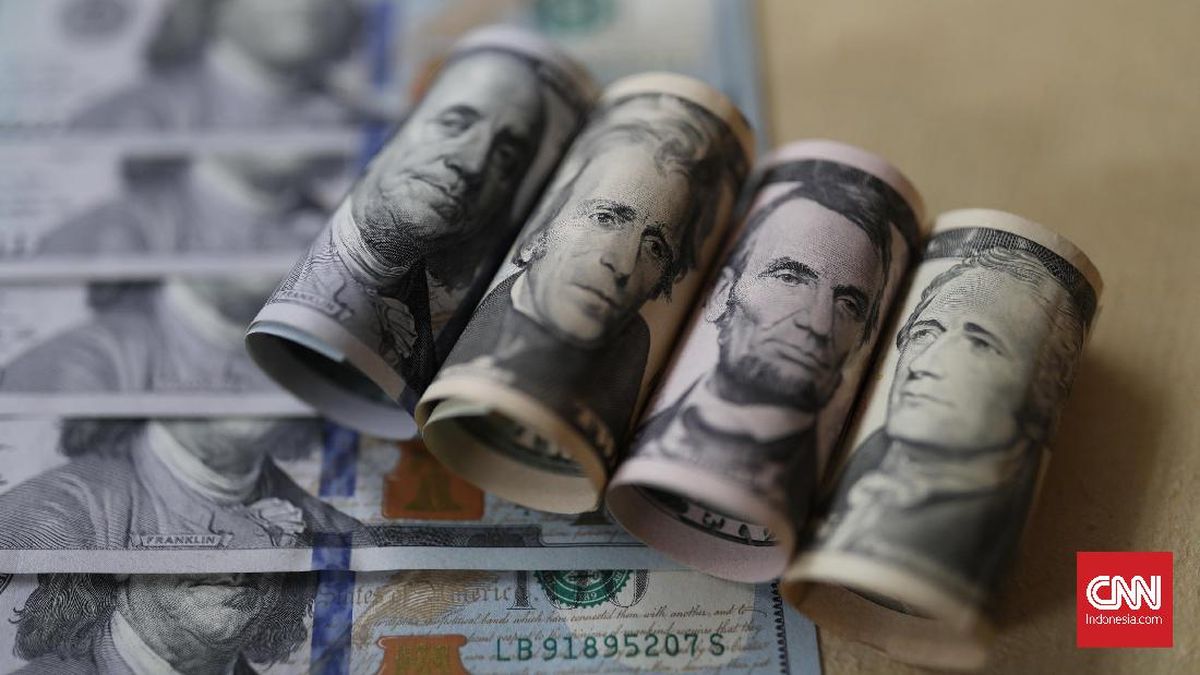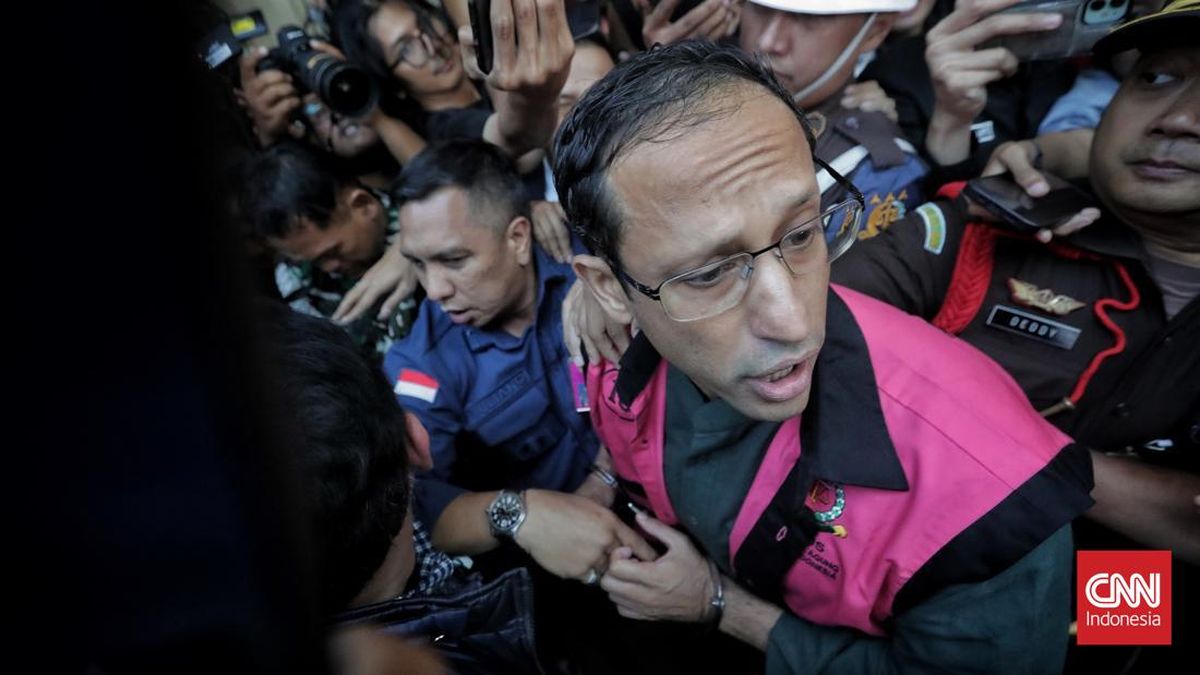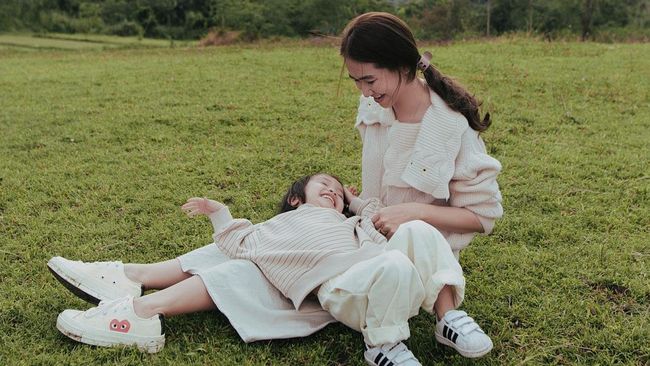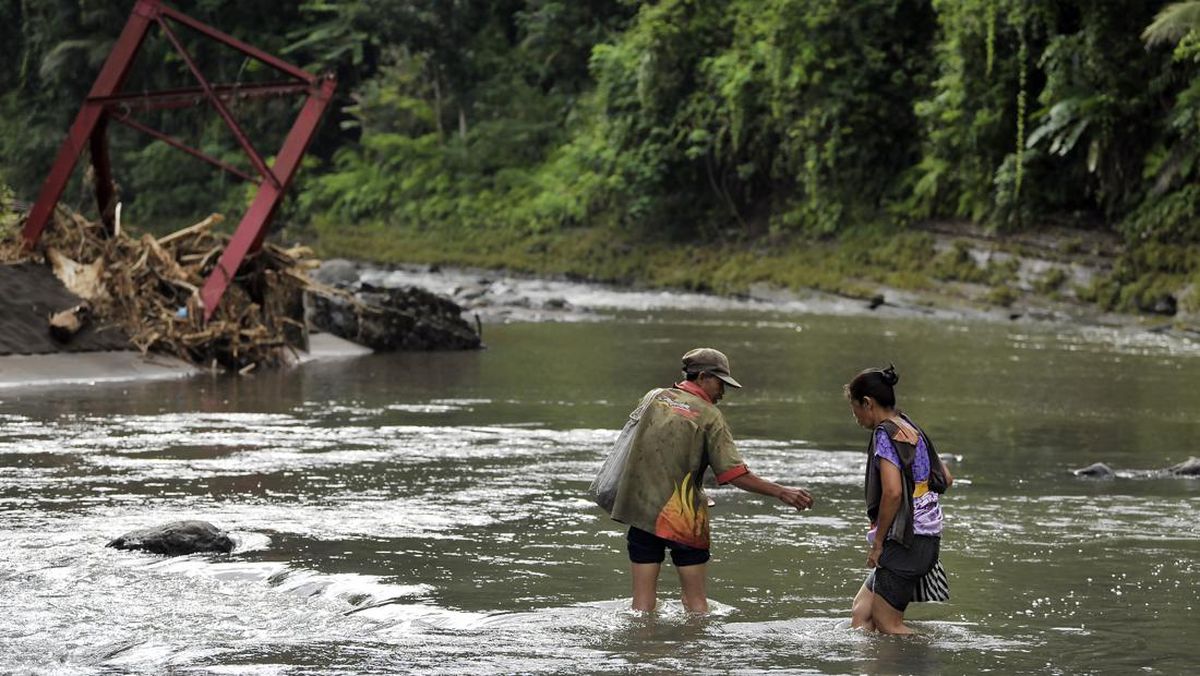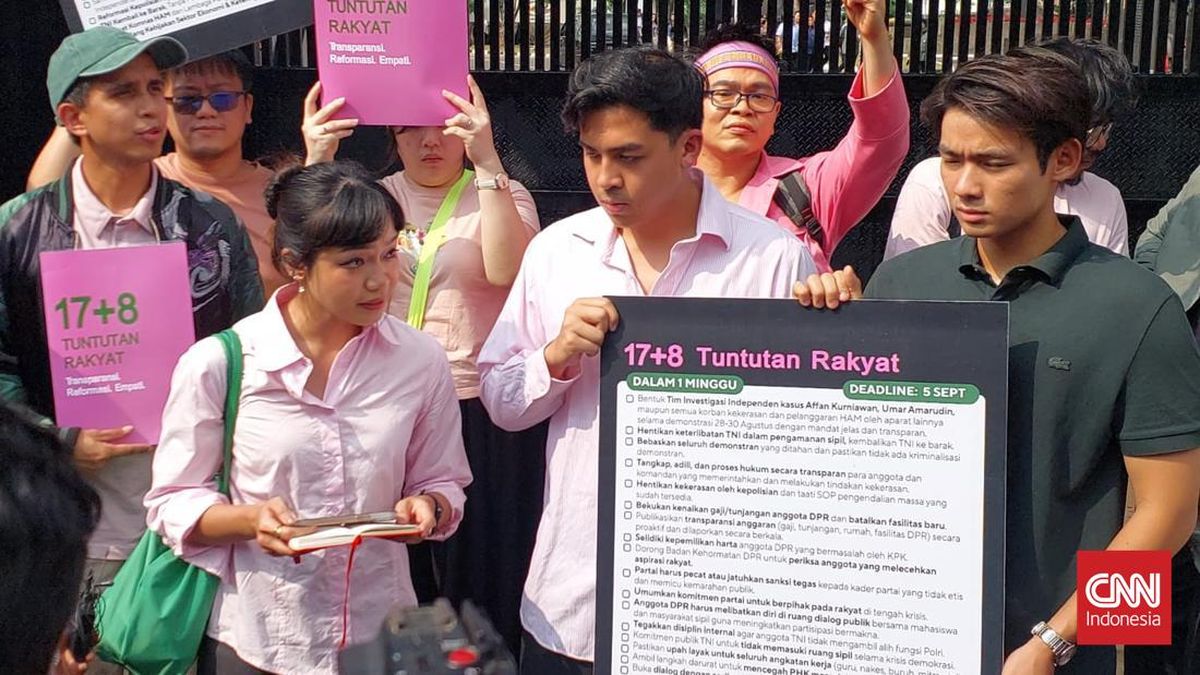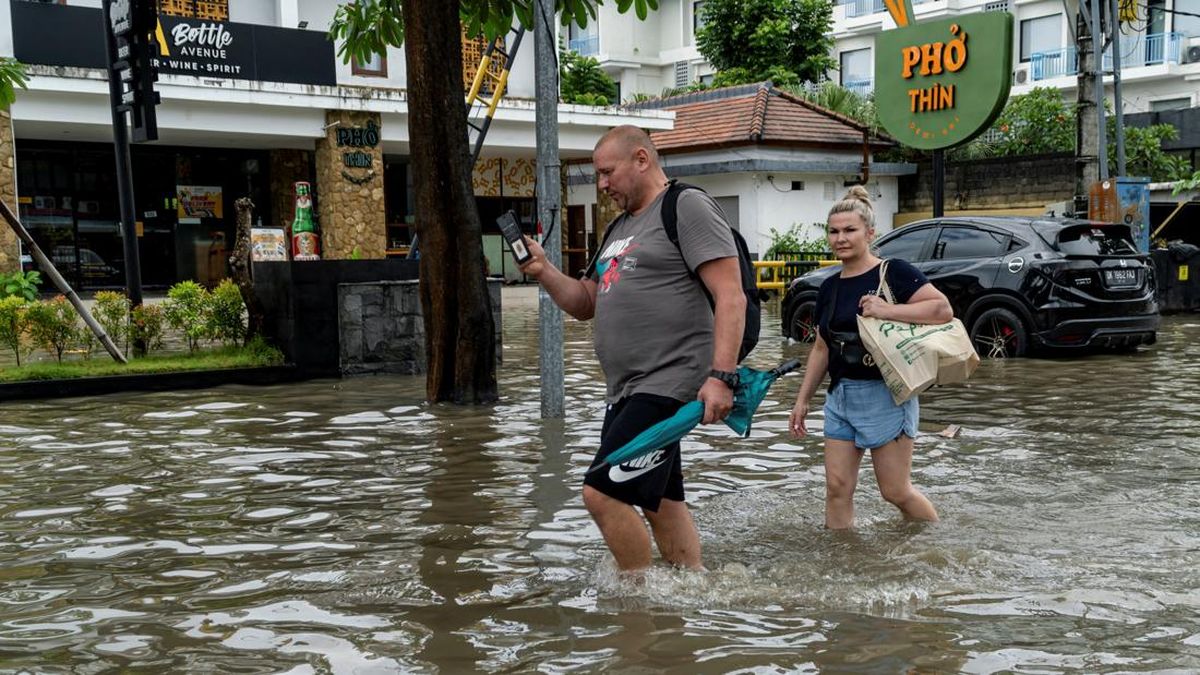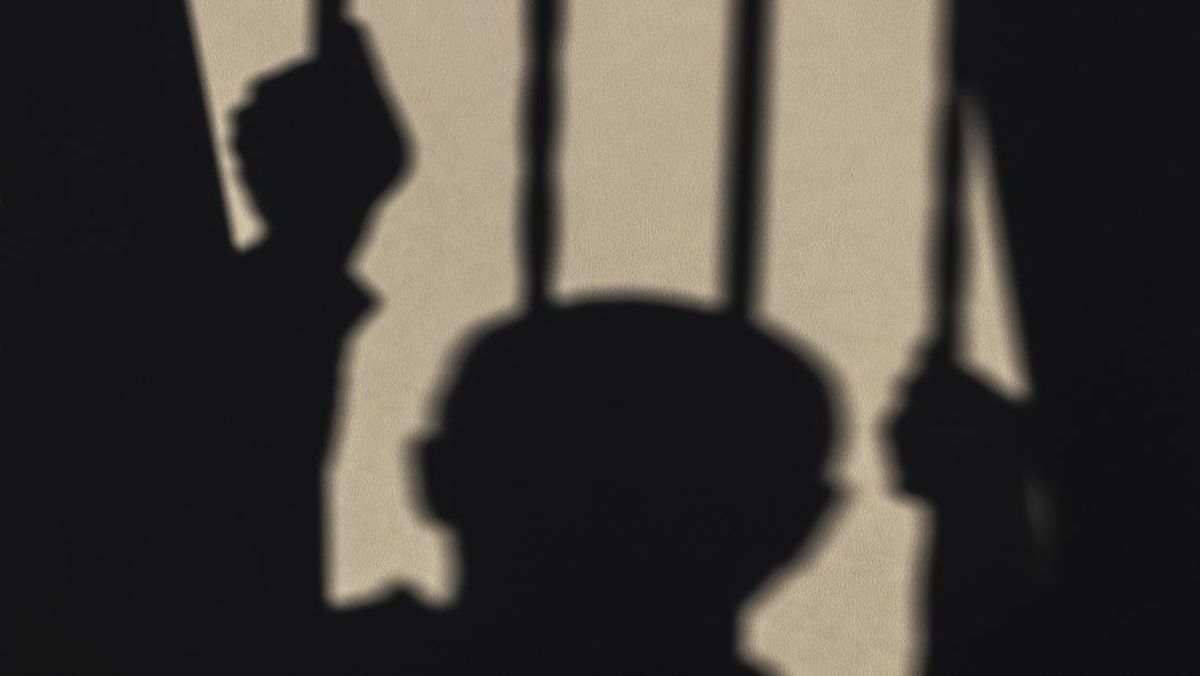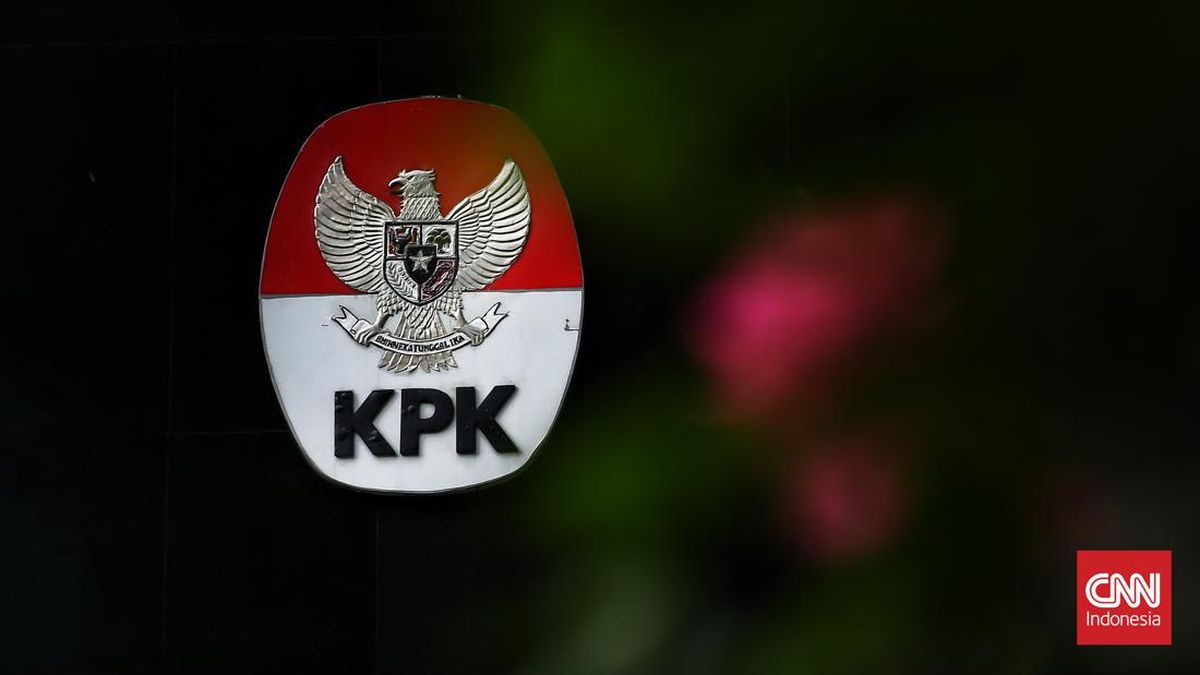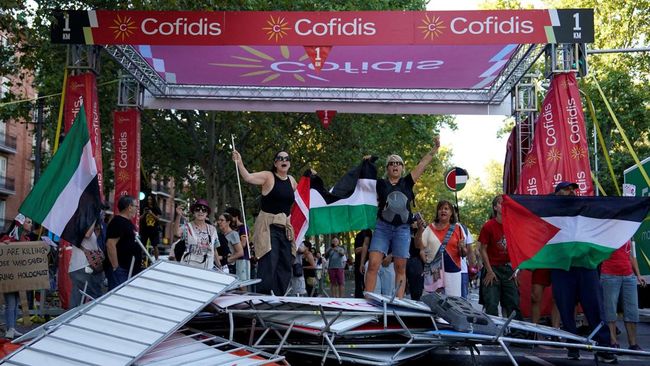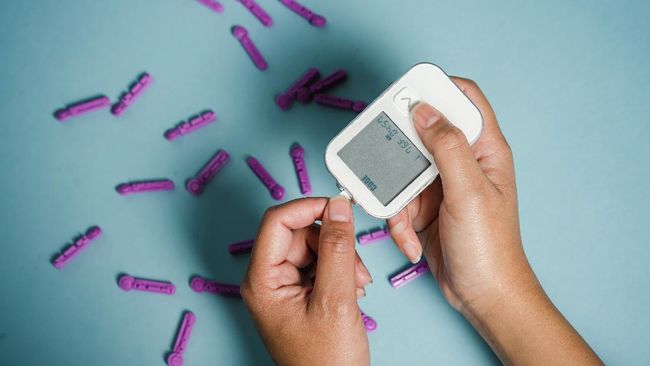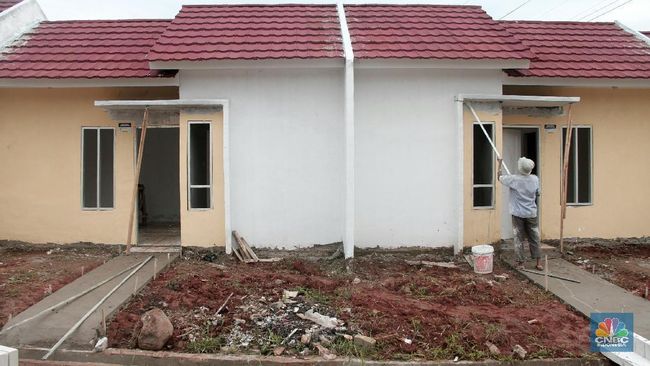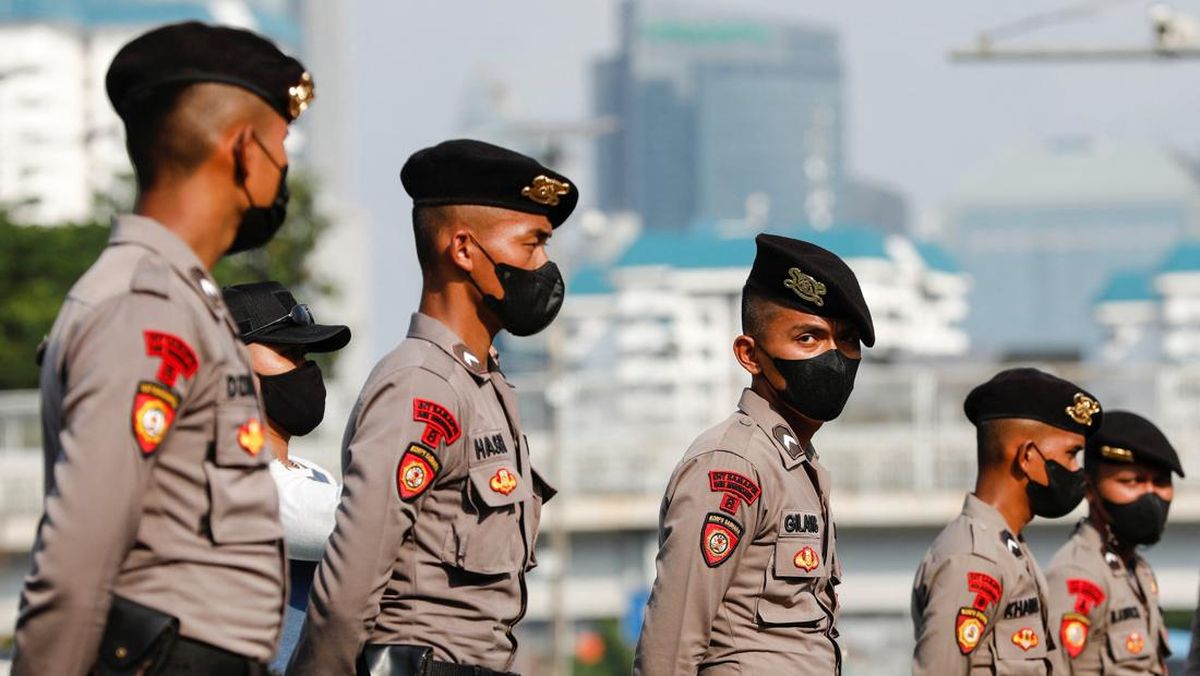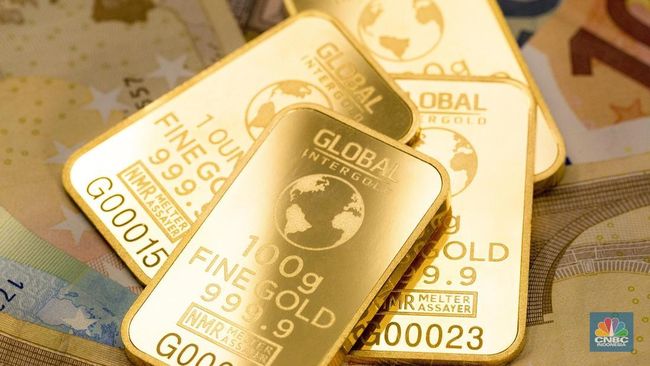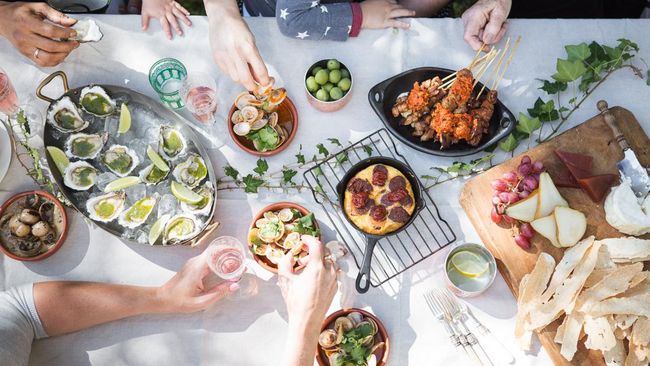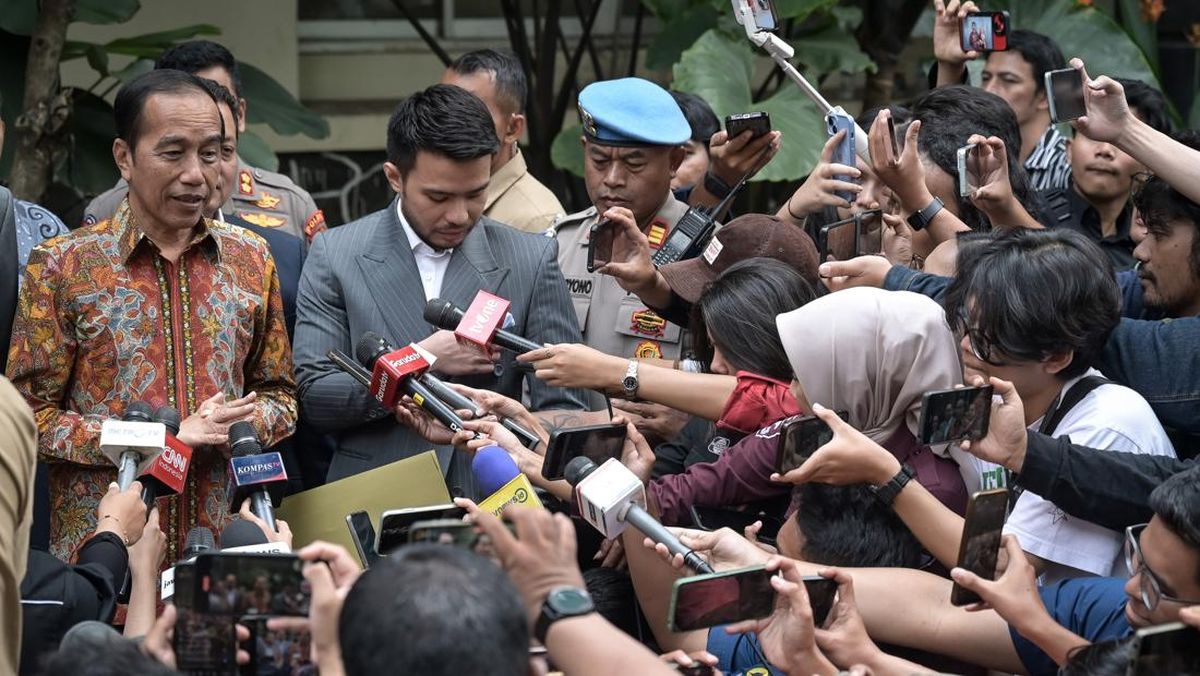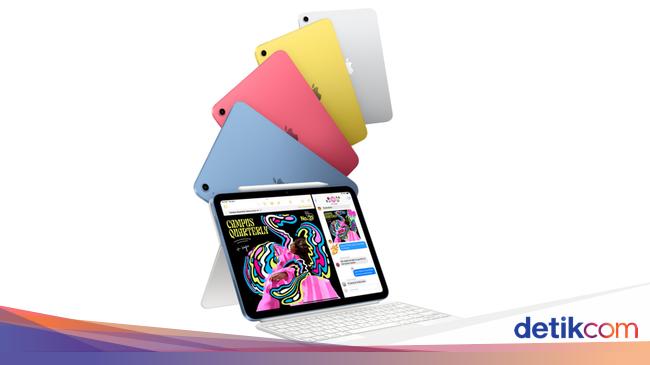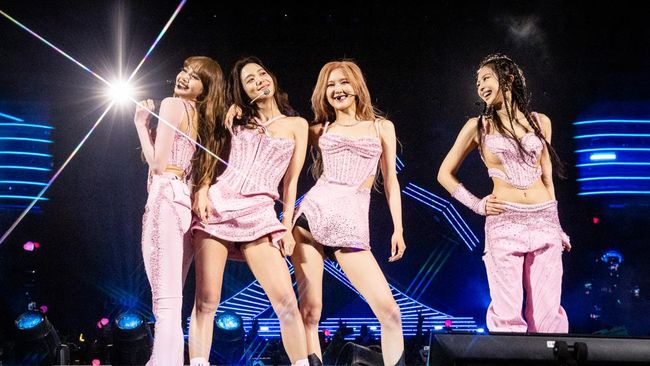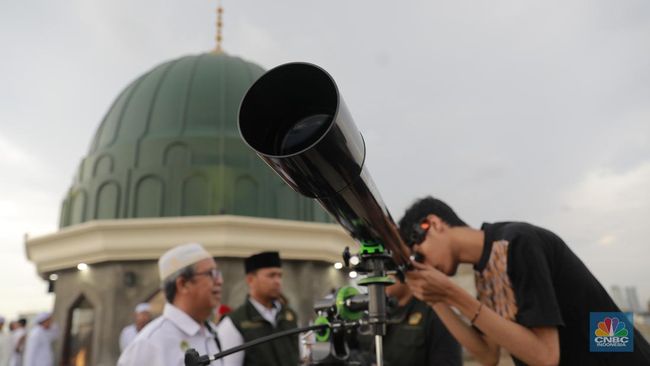There are three main types of camera that all photographers need to own. And I'm not just talking about brands, like a Sony or a Canon, or even sensor types, like a full frame or an APS C. I mean a deeper level of camera selection -- the types of camera that offer fundamentally different ways of taking photos and allow you to create your best work, no matter what genre you like to dabble in.
And while these types could be three physically different cameras, they could also be represented in two cameras, or even just the one. I'll explain, so let's dive in with camera type number one.
The workhorse
This is the camera that gets stuff done. It's likely packed with modern camera technology. It's fast to use, shoots at high speed, has lightning-fast autofocus, possibly image stabilization, and almost certainly uses interchangeable lenses. It may well be full frame. It's the camera that pros the world over use for all kinds of photo shoots -- just like I have -- from weddings to cars to products to pets ... whatever. It's a jack-of-all-trades camera that you can trust will do anything you need it to any time you need it to do it.
I've used my Canon R5 on numerous professional shoots for photos and videos. It's a high-performance all-rounder.
Andrew Lanxon/CNETFor me right now, that's the Canon R5. Fast, high resolution. Tons of features. A flippy screen. And it shoots awesome video. Endless lens and accessory options. It's the camera I trust for most of my professional work because I know it can deliver and I know I can deliver when I'm using it. Previously it's been the Canon 5DIV and before that it was the Canon 6D. For you, it might be the Sony A7RV, the Nikon Z8 or the Panasonic Lumix S5II.
It might not be the latest model around, but whether it was launched in 2025 or 2005 it'll tick all the boxes you need for a busy day of photography whether you're a professional or an enthusiastic amateur. The workhorse is a camera that'll do everything and it'll do it well. But it's likely also quite big and probably quite expensive. While it's great that there are so many lenses to choose from, maybe sometimes you don't want the burden of choice. So that's when you need...
A compact, fixed-lens camera like Fujifilm's X100VI is great to have with you, always ready to shoot.
John Kim/ CNETThe everyday carry
It's a small digital. A compact point and shoot, ideally. Almost certainly a fixed lens. The Fuji X100VI or the Ricoh GRIII. Even the relatively ancient Sony RX1R or the Leica Q3. The Q3 isn't that small really but I actually love my Q3 43 as an everyday carry. It'll be the type of camera you can quickly grab when you're heading out in a hurry without thinking about lenses. When you don't want a backpack full of gear when camping, but do want lots of fun shots of you and your mates around the campfire. It's the camera you can always carry. It's the social camera you don't mind getting in among the chaos of life. It could feasibly even just be your phone camera.
Read more: Best Phone Camera in 2025
It's probably the lightest camera you own that allows you to comfortably wear it around your neck while you're walking around the streets of some old Italian town. It's maybe even small enough to slip into your pocket when you go into a bar and easily slip back out when the light comes in beautifully through the pub window and you want to catch a quick shot.
Having my Leica Q3 43 always with me allows me to snap scenes whenever I see them.
Andrew Lanxon/CNETIt's a camera for quick shooting and for social shooting -- maybe even grubby from-the-hip or spray and pray shooting. It's probably the camera you've captured the most memories on but it's also probably not the camera you've used to take your favorite fine art photos. Oh no, that'll be this one.
The artful one
It might not technically be your best camera. It might not have the most features. It might not be the smallest, the fastest or the easiest to use. But it's the camera that inspires you the most. It's the one that makes you feel creative just by looking at it. It's the one you choose to take when you drive for hours to one location in the slim hope that you might have good light that evening.
It's the camera that makes you slow down and think about the art in your images rather than rattling off a thousand mediocre snaps. It's the camera that's responsible for the work you're most proud of.
The Hasselblad 907X -- an amazing, quirky camera.
Andrew Lanxon/CNETThis camera could be a lot of things. It could be a film camera, be it 35mm or 120 medium format. That alone would slow you down and make you take a more methodical approach unless you're happy to spend a fortune on film. Or maybe it's something like a modern digital medium format like a Fuji GFX or my personal favorite, Hasselblad's 907X 100C — that weird little box gave me such a buzz when I used it that it was genuinely difficult to part with it when I had to send it back.
I found the Hasselblad's X-Pan panorama mode incredibly inspiring. This image was even shortlisted for a major UK photography award.
Andrew Lanxon/CNETIt's a camera you might not even own yet and maybe don't even know you want. I didn't know I was at all interested in film photography until only quite recently, yet the other day I gave a man a fistful of cash in a car park to buy his medium format Mamiya 645 Pro, which I'm very excited to put to use. Life throws things your way sometimes. So maybe this camera is one you'll need to be a bit open minded about. But it's also the one you might be most glad you got in the years to come.
Three types, one camera
Between the workhorse, the everyday carry and the artful one, you have yourself covered in any aspect of photography, no matter what genre you like to dabble in.
I took my Canon R5 to Sicily where it performed all the roles of workhorse, everyday carry and inspirational camera admirably. You don't necessarily need three separate cameras.
Andrew Lanxon/CNETOf course, some cameras can be two things. Hell, some cameras could be all three. And that's absolutely fine -- as long as that one camera ticks each of those three boxes for you. It's really up to you to interpret whether your camera is small enough to be your everyday carry or inspiring enough to be your artful one.
My Canon R5 with a compact prime on it certainly can be all three. It was a great everyday carry on a trip to Sicily and it inspired me to take artistic photos that I later licensed to go into a luxury travel book meaning it was also my workhorse. So on that one trip alone it ticked all three boxes. But it's not always all of those things for me.
My Leica Q3 43 was a superb everyday carry camera on my recent travels to the Swedish Arctic and Barcelona. It was the camera I took on multiple ferry trips to various remote Scottish islands and it was the camera I took when I went to hang with my brother for his 40th birthday. And yeah, it too is also a camera that excites me, that inspires me and urges me to be more creative with my shooting. Because it's a damn Leica and what photographer doesn't feel excited to take photos when they're holding a Leica?
My Leica Q3 43 was an amazing everyday carry and professional workhorse on my assignment in Sweden. Did it also inspire me creatively? You bet.
VolvoBut it's my recent forays into film that have taught me even more about slowing down and crafting an image and the culmination of that has led me to getting this Mamiya 645 as my artful camera, which completes my personal holy trinity.
And sure, as my work and my style develops and other cameras come and go, that trio of cameras will likely change over the years but the basic building blocks of workhorse, everyday carry and the artful one will always need to be met by whatever cameras I have.

 3 months ago
45
3 months ago
45
